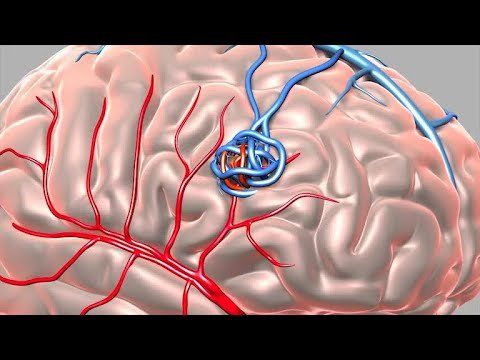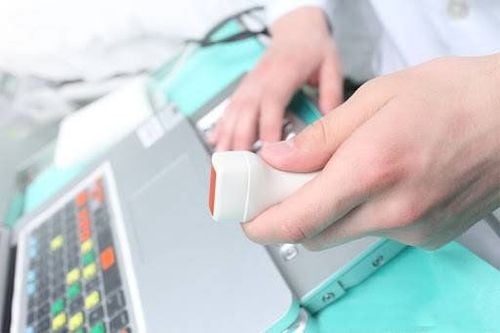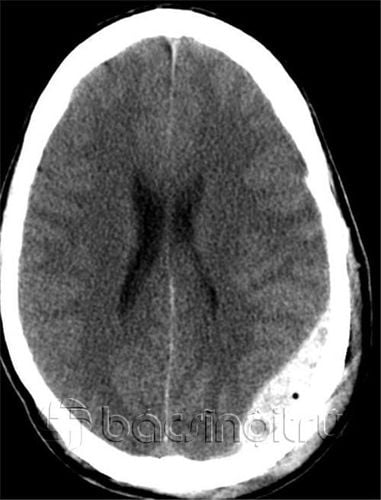This is an automatically translated article.
Posted by Master, Doctor Le Xuan Thiep - Diagnostic Imaging Department - Vinmec Ha Long International Hospital
The process of cranial MRI will be different depending on each specific case, but normally the time for cranial magnetic resonance imaging will take about 20 -25 minutes for common diseases.
1. What is cranial magnetic resonance imaging?
Magnetic resonance imaging (MRI) is an imaging technique used in medicine based on the use of magnetic fields from magnets and radio waves, from which by measuring the waves during emission. generated and obtained, then through computer processing to create detailed images of organs and tissues in the patient's body, or can also rely on computer processing to create images 3D with many different viewing directions.
Cranial magnetic resonance imaging is the use of a magnetic resonance machine to reproduce detailed images of the brain, the structures in the patient's skull, then through image analysis and pathology, the The doctor will make a conclusion about the normal or abnormal growth of structures in the skull and even structures in the sinuses and in the patient's skin
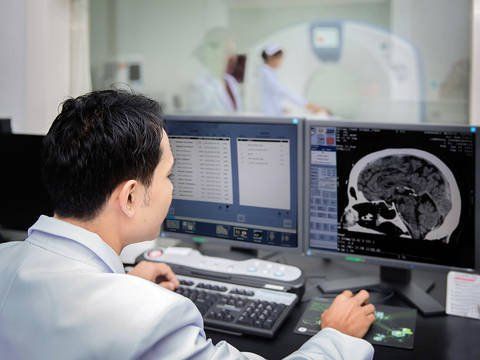
Chụp cộng hưởng từ sọ não
2. Is cranial magnetic resonance imaging dangerous?
Cranial magnetic resonance imaging is not dangerous because:
It is a non-invasive technique Because magnetic resonance imaging is based on radio waves and in a magnet magnetic field, so the patient will not be affected By radiation such as in X-ray and computed tomography, this technique has been shown to be completely harmless to health. Today, magnetic resonance is also a technique that brings high accuracy in the study of study, evaluate the normal or abnormal development of the fetus, including the fetal nervous system.
3. When should cranial magnetic resonance imaging? What is cranial magnetic resonance imaging for?
Cranial magnetic resonance imaging is widely indicated when the doctor suspects that there is damage to the structures, organs and pathology of the head:
Headache Suspected brain tumor Cranial nerve tumor Traumatic brain injury Encephalitis and meningoencephalitis Congenital malformations Aneurysms - vascular malformations ... Especially cases of cerebral stroke. Eye diseases: lesions of orbital tumor, eyeball, optic nerve...

Chụp cộng hưởng từ sọ não khi bạn cảm thấy đau đầu
Contraindications of cranial magnetic resonance imaging are the same as contraindications to MRI of other organs, including:
Absolute contraindications: Pacemakers, shrapnel (especially shrapnel) in eye sockets, lungs, etc.), electronic implants: hearing aids and/or cochlear electrode implants, insulin pumps... Relative contraindications: People who are afraid of closed rooms, intramedullary nails – metal bone composite materials, surgical clips (after brain aneurysm surgery - brain tumor), dentures, tattoos... Nowadays with the advancement of science, some contraindications are no longer absolute. . So if you have any implants or have had previous surgery, tell your doctor.
4. How long does cranial magnetic resonance imaging take?
For each different disease, there will be a different imaging time, but normally the time for cranial magnetic resonance imaging will take about 20 -25 minutes for common diseases.
Shortening the imaging time will reduce the quality and resolution of the image, making it more difficult for the doctor to diagnose. Therefore, doctors will only consider shortening the shooting time when absolutely necessary and ensure the quality of the images to give the most accurate results possible.
Today, with the development of science, there are techniques to reduce noise in magnetic resonance examination - silent MRI also prolongs the examination time (usually about 5-10 minutes). In cases where the radiologist or examiner suspects inflammation-related lesions, the tumor... may require further examination and this may take up to 40-50 minutes, if necessary. inject drugs to further clarify damage that may last longer. In that case the radiologist or imaging technician will inform and explain to the patient.
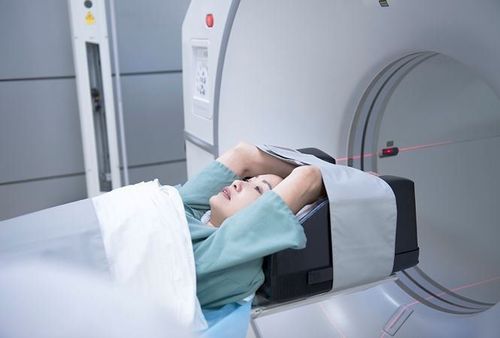
Thông thường chụp cộng hưởng từ sọ não sẽ mất khoảng 20 -25 phút
5. What is the procedure for cranial magnetic resonance imaging, how to prepare?
Step 1: The patient goes to see the doctor, the doctor will examine, make a preliminary diagnosis and request a cranial magnetic resonance imaging (MRI) scan and will check the safety factors during the MRI. : History of placing implanted devices such as pacemakers, cochlear electrodes or surgical history: intramedullary nails... Step 2: The patient is directed to the place where the scan is performed, where the staff will and the radiologist will conduct a magnetic resonance examination including: Check the patient's safety again, there is also a device to detect metal that may still be on the person of the patient. Explain once more about shooting requirements and shooting time, about noise during shooting. Step 3: The patient will be changed and placed an intravenous line to wait (in case of needing to inject drugs - it can also be done during the scan - when the doctor determines that the patient needs to inject drugs). Step 4: The patient enters the imaging room and the scanner, just lies still on the table and follows the instructions of the imaging technician - cooperate in case injection is needed. Usually, the patient just needs to lie still, if the noise is not a big problem, the patient can take a short nap. Step 5: At the end of the imaging process, the technician will take the patient out of the imaging room, instruct him to change clothes and wait for the results. Usually, it will take about 1 hour after the scan to get the results, in complicated cases that need consultation, the time to return the results can take longer than 30 minutes to 1 hour or it can also be several days (for the purpose of giving results). give the most accurate results).
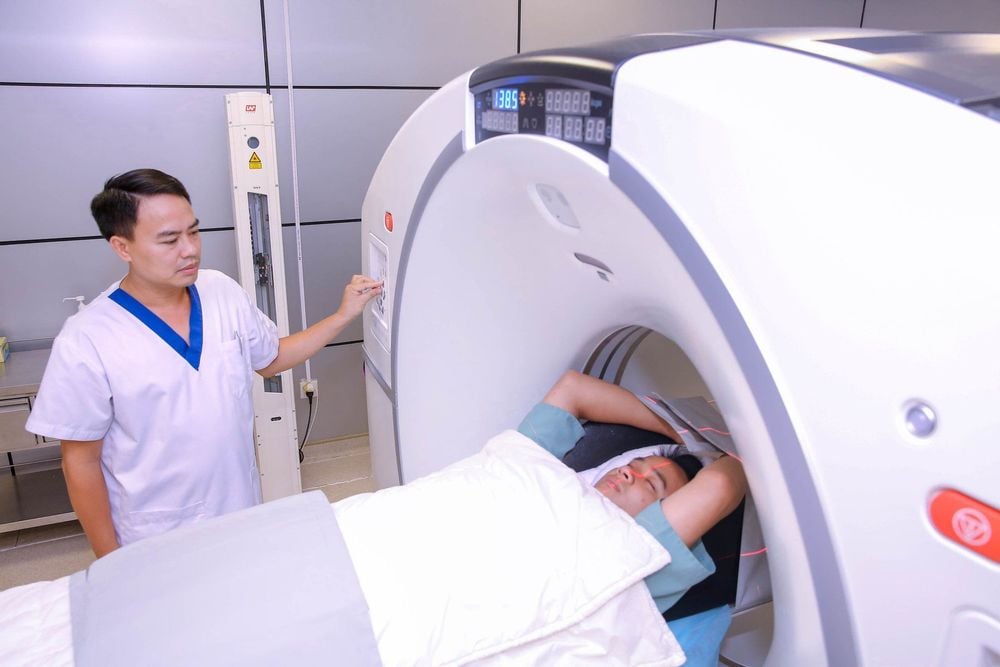
Bệnh nhân chụp cộng hưởng từ sọ não tại Bệnh viện Vinmec
6. Does cranial magnetic resonance imaging require injections?
When to inject drugs: Usually cranial magnetic resonance imaging will not need to inject drugs. Only for some specific cases, certain patients will need to inject drugs when taking pictures when the doctor suspects damage: inflammation, tumor, vascular damage (malformation, dissection of blood vessels in trauma .. .).
Purpose of drug injection in cranial magnetic resonance imaging: to clarify more lesions, determine more about the benign, malignant, inflammatory... of the lesions.
The drugs used in all magnetic resonance examinations are collectively known as magnetic contrast agents. These are preparations containing gadolinium. And to date the only known adverse effect of this drug is related to fibrosis of renal origin, however very rarely, in only a small group of patients with pre-existing renal failure. For people with normal renal function, so far there is no evidence between the injection of contrast medium and the above pathology. In case you have pre-existing kidney failure, your doctor will consider reducing the dose when injecting.
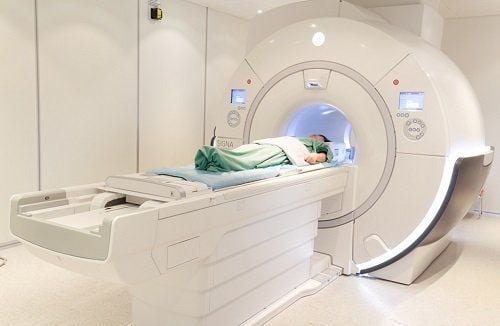
Thông thường chụp MRI sọ não không cần tiêm thuốc
To learn more about Brain MRI technique at all Vinmec International General Hospitals nationwide, you can contact HERE.
MORE
Does magnetic resonance imaging (MRI) of the brain have any effect? Diagnosis of cerebral palsy by magnetic resonance imaging technique of nerve fiber bundles The first application of "noise" magnetic resonance imaging at Vinmec Nha Trang





